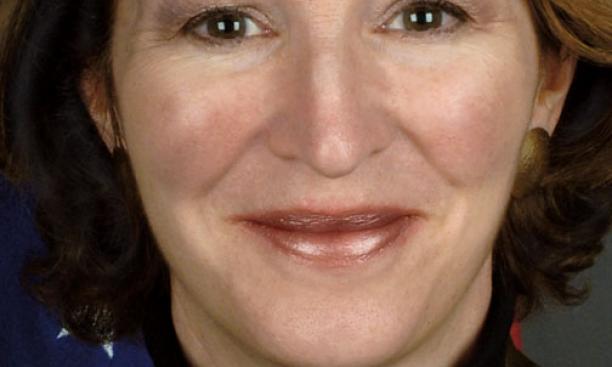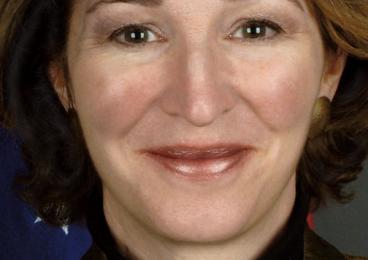
This essay was originally published on the Harvard Business Review Blog Network. Reprinted with permission.
The world is coming apart in many interesting ways. I recently bought an iPad. After using it for a few days I bought a wireless keyboard. A week later I bought a case that puts the iPad in one half and the keyboard in the other. Presto! A disaggregated laptop that is lighter and more versatile, since I can use the screen by itself as an e-reader and the keyboard with other devices.
A similar phenomenon is happening with traditional professions. Technologies that connect people to knowledge, services, and one another across the globe have acted as a centrifugal force, spinning functions and authority away from the center toward millions of previously silent and disempowered individuals. The result is that many old titles and jobs no longer make sense, and many new functions are just waiting to be claimed.
Consider journalism, the profession most obviously shattered by this trend. Reporters have traditionally been finders of information and spinners of stories. Today the function of finding information can be performed by crowd-sourcers; mappers of local sources; filters and curators of tweets, posts, and liveblogs; algorithm designers, data scientists, and knowledge managers. The function of storytelling is still essential, but occurs at different levels of aggregation, from Storyful, a tool that allows anyone to put together tweets, pictures, and blog posts in a rough narrative, to quick blog posts assembling information and analysis in real time, to more finished pieces that rely on the art of the storyteller.
Reporters on the ground now also perform a different function: They help protect human rights. Bearing witness in a global communications web is more important than ever and has its own professional standards, long held up by organizations like Human Rights Watch. Still other professionals now identify themselves as "crisis mappers," experts in finding and tapping sources of information in times of emergency when regular sources are silent and providing technological and human systems for early warning and humanitarian response.
Between the reporter and the editor is now an entire layer of verification functions. Top magazines have always had "fact-checkers": the New Yorker is famous for theirs. But traditionally the verification of facts reported in a newspaper was performed by the reporter and his or her editor. Considering the countless information streams that can produce a set of facts for any particular story these days, media outlets need "verifiers" who are expert at cross-checking information coming from different sources and assessing the credibility of individuals on the ground. Andrew Carvin, a senior NPR strategist who has become one of the principal digital curators for tweets and posts coming from the ground in the Middle East revolutions, is invaluable in part because he has developed the expertise to evaluate the credibility and accuracy of live sources.
One level up, editors are not only super-storytellers but super-curators, figuring out what streams of information should weave together on the website and in actual stories. Publishers are not producers of one finished stream of information but aggregators of many, from raw to polished.
This fracturing and reorienting is happening in the corporate world as well. Turn to manufacturing and note that supply chains first shifted from vertical to horizontal, in-house to global. Then they moved from chains of contracted suppliers to networks of peer producers. Boeing refers to its global "value webs," an approach that turns managers into systems integrators. Large factoring companies assemble networks of designers and producers; they look for "network orchestrators." And as many companies begin outsourcing at least parts of their R&D, they are creating space for professional "inventers" operating through websites like Innocentive.
On the civic side, governments, NGOs, foundations, and corporations are all investing in public-private partnerships and global collaborative networks. The skills required to assemble, orchestrate, manage, and catalyze these relationships are sufficiently specialized that Cambridge University is now offering a four-day course for "partnership brokers." According to the website, a partnership broker is "someone who works as an intermediary building effective and innovative collaboration" in non-traditional partnerships and cross-sectoral networks.
The functions of partnering, brokering, aggregating, curating etc. all point to another dimension of global empowerment. For decades the name of the game in policy-making and problem-solving was to launch a new program or initiative — to do something that needed doing. Today the best advice is likely to don't just do something, stand there. Stand there, look around, find out what is already being done, and then connect existing initiatives, programs, projects, and organizations to one another in ways that allow them to be more than the sum of their parts.
So what does all this mean for job-seekers in this uncertain economy? Forget the titles on the org charts and the advertised positions. Design your own profession and convince employers that you are exactly what they need. In my view, the New York Times and other information hubs ought to be advertising for curators and verifiers, but you shouldn't wait for them to do so. Define the functions you think they need and you can supply, and then apply for a corresponding position, whether or not they've created it yet.
This phenomenon is already alive and well on Twitter. Twitter handles are a 140-word invitation to users to describe not who they are, in a formal titled sense, but what they actually do. Susan McPherson (@susanmcp1), an SVP at a public interest communications firm, introduces herself as a "passionate connector." Scott Thomas (@ScottMThomas) from Atlanta calls himself a "relationship broker/connector, entrepreneur." Maria Popova (@brainpicker) of the fabulous website Brain Pickings http://www.brainpickings.org/ says she is an "interestingness curator." A tad more conventionally, Richard Florida (@richard_florida) is an "urbanist." Howard Blackson (@hblackson) is an "accredited new urbanist." Micah Sifry ( @mlsif ) is a "strategist and agitator." Priya Parker (@priyaparker) says she does "visioning," something we all sorely need. Deanna Zandt (@randomdeanna) is a "media technologist and strategist." And I list myself (@slaughteram) as a foreign policy curator, a job I invented and absolutely love (although I fully admit that I have a great day job).
When I was in law school in the 1980s one of my favorite professors pointed out that the entire world of law was being turned upside down by the advent of Lexis/Nexis and Westlaw on line. For generations West Publishing Company had published all U.S. cases and had decided how to organize them in meta-categories such as torts, contracts, civil procedure, criminal law, property, etc., and sub-categories within each of those. Those were the fields of law — as taught, practiced, studied. With the advent of Boolean online searching, however, a researcher could suddenly find all cases of every type pertaining to horses, or basketball, or diamond necklaces. Law could be divided and sub-divided in an infinite number of categories, depending on what was actually useful to lawyers, judges, clients, and anyone else creating value out of legal texts.
Something similar is happening to all our professions. Information and communications technology is blowing the old categories into bits. But countless new jobs will be created connecting those bits in unexpected but useful ways. And who better to name them than you?

Anne-Marie Slaughter ’80 is the Bert G. Kerstetter ’66 University Professor of Politics and International Affairs and a former dean of the Woodrow Wilson School. From 2009 to 2011, she served as director of policy planning for the United States Department of State, the first woman to hold that position.
